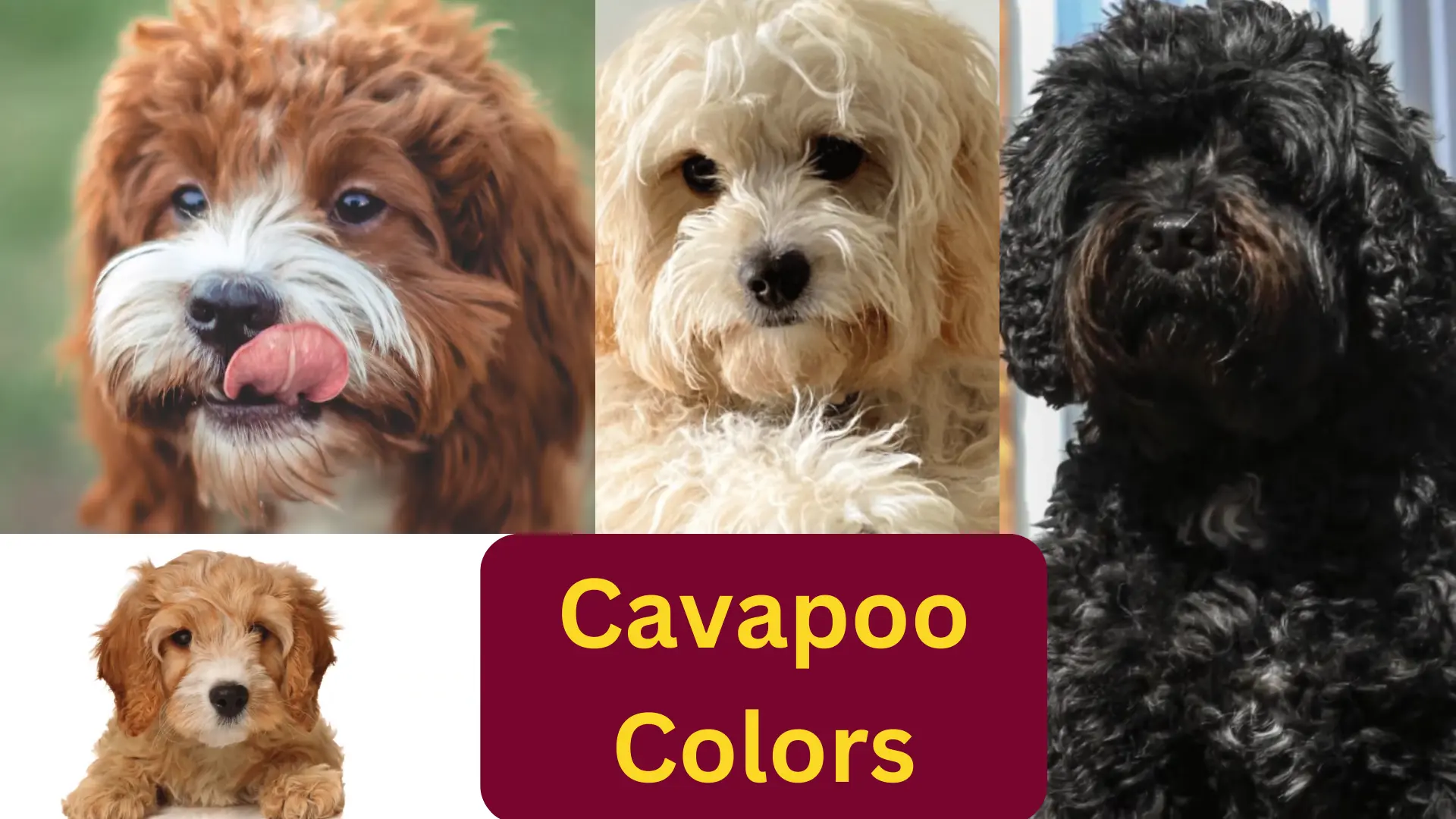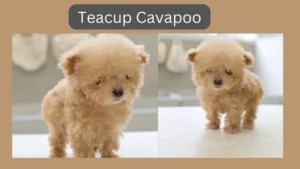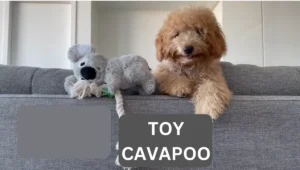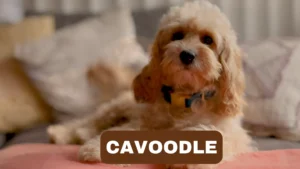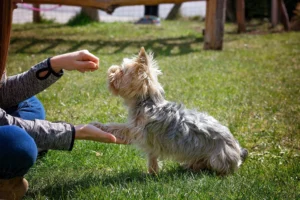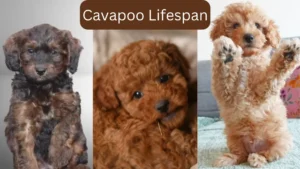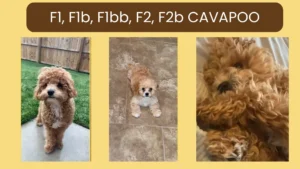Cavapoo Coat Colors – Black, White, Red, Apricot, Brown and Cream
The cavapoo is a famous cross between the Cavalier King Charles Spaniel and Poodle. They come in diverse colors, often exhibiting unique blends and patterns inherited from their parent breeds. The variety of Cavapoo colors reflects their hybrid origin reveals the interplay of underlying genetics. No two Cavapoos from the same breed look alike in coat color or appearance. The rich coloration diversity within Cavalier and Poodle gene pools leads to an expansive spread of potential colors when the two breeds are crossed.
From over ten years of experience as an amateur canine enthusiast interested in dog well-being and color genetics research, the extent of possible Cavapoo coat color combinations far exceeded my initial expectations. Despite my background knowledge, investigating the intricacies of their color inheritance patterns demanded extensive effort.
I will explain in detail the genetic secrets behind the many potential coat colors cavapoos can possess. Here is an in-depth exploration of the numerous coat color possibilities expressed in Cavapoos.
Common Cavapoo Coat Colors
Cavapoos displays a rainbow of color possibilities, ranging from solid hues to multi-colored coats. Here are some of the most common cavapoo coat shades:
Black Cavapoos
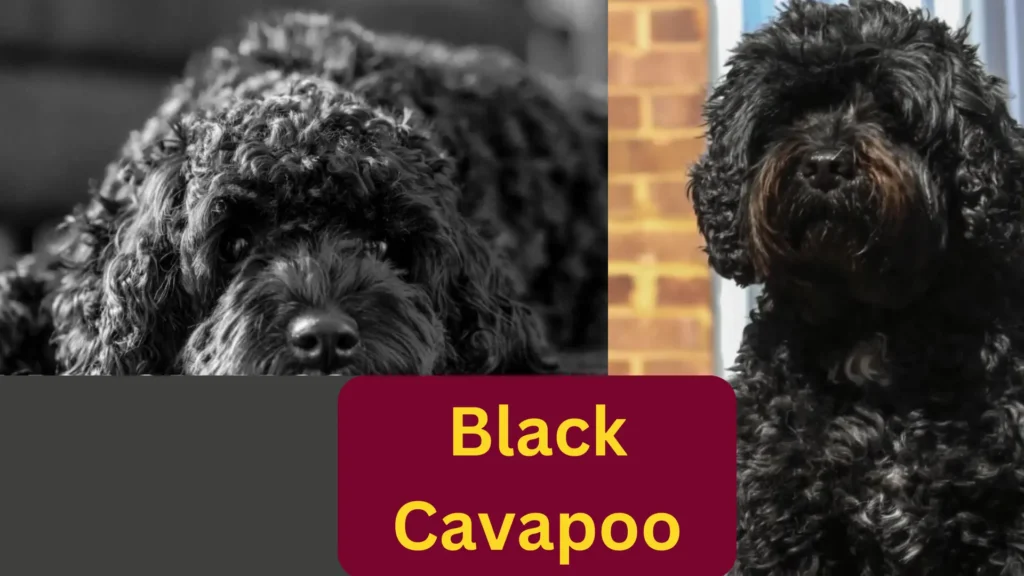
A jet black coat from their Poodle lineage. Black cavapoos may be solid black or have white markings on their chest and feet. The black color typically lightens to gray as they age.
White Cavapoos
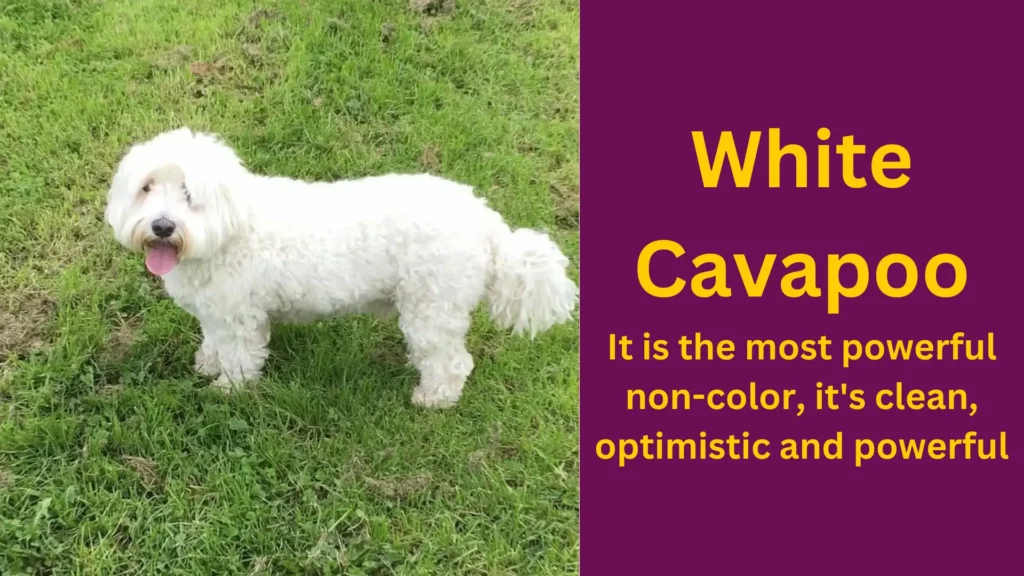
A bright, snowy white coat like the Blenheim Cavalier. White cavapoos sometimes have faint apricot or lemon markings on the ears. Their noses and eyes are black or brown.
Brown Cavapoos
Rich chocolate or chestnut brown. The brown hue can range from milk chocolate to a deep mahogany shade. Their noses are also brown.
Apricot Cavapoos
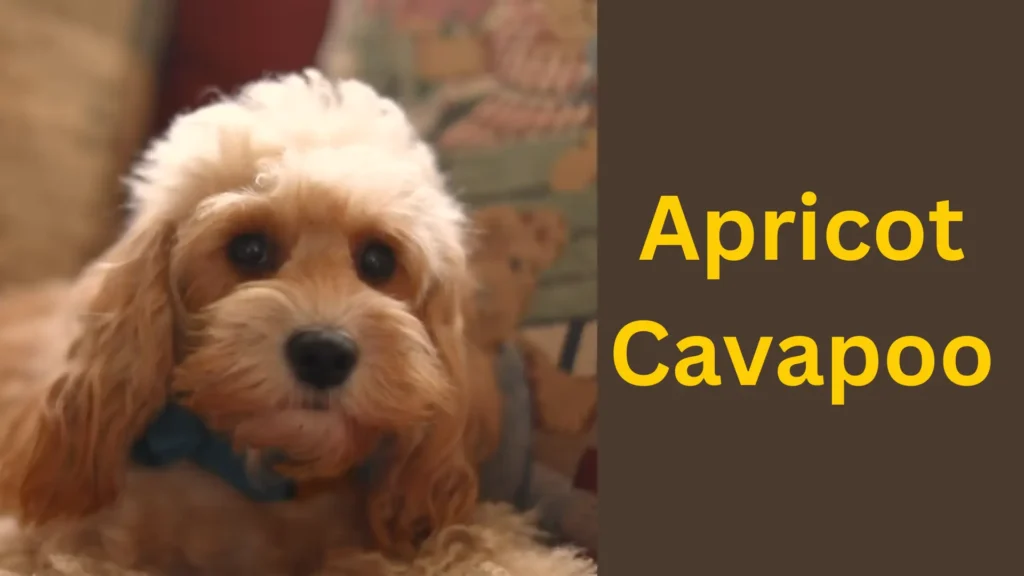
A warm golden apricot tone. Apricot cavapoos are lighter than red cavapoos and darker than cream. Their noses are usually brown or black.
Cream Cavapoos
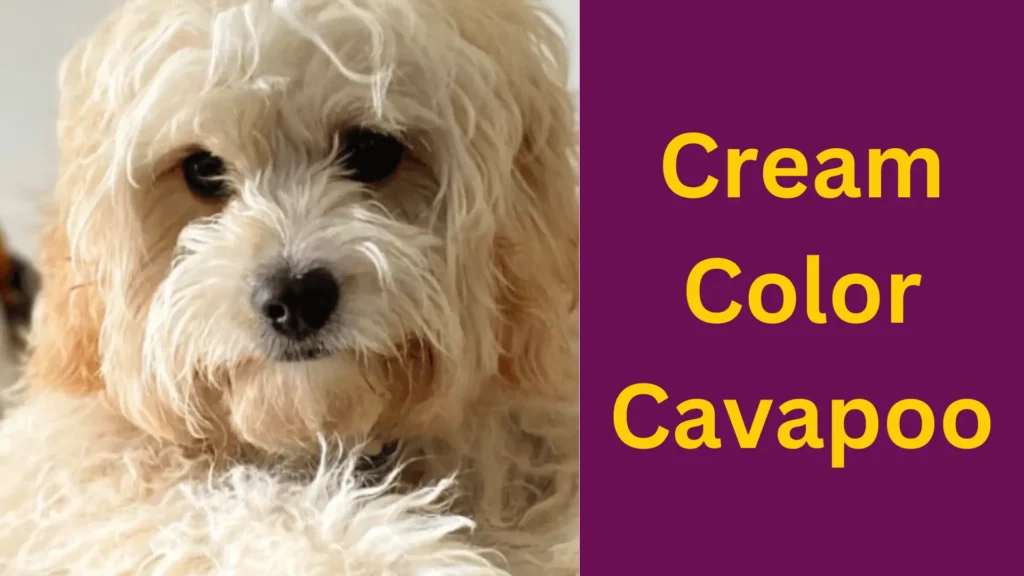
A pale ivory cream or off-white color. These light coats are prone to staining, so extra care is needed with tear staining. Creams have black or brown noses.
Red Cavapoos
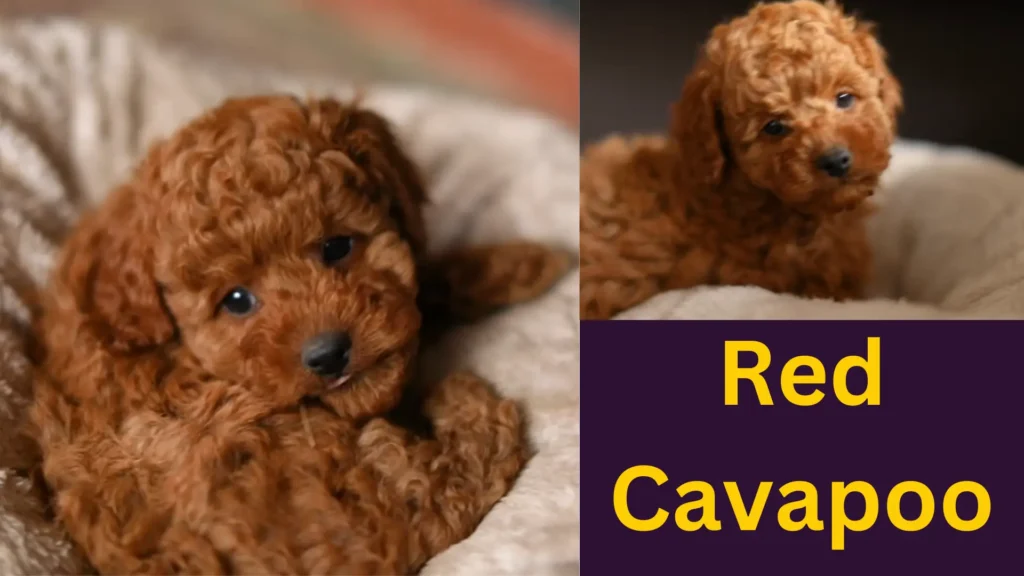
An intense reddish-orange shade. Red cavapoos have liver or hazel-colored noses and eyes rather than black like other colors. The red hue often fades as they mature.
Multi-Colored Cavapoo Coat Patterns
In addition to solid colors, cavapoos also commonly display two-tone, tricolor, sable, and parti coat patterns:
Blenheim (Chestnut & White)
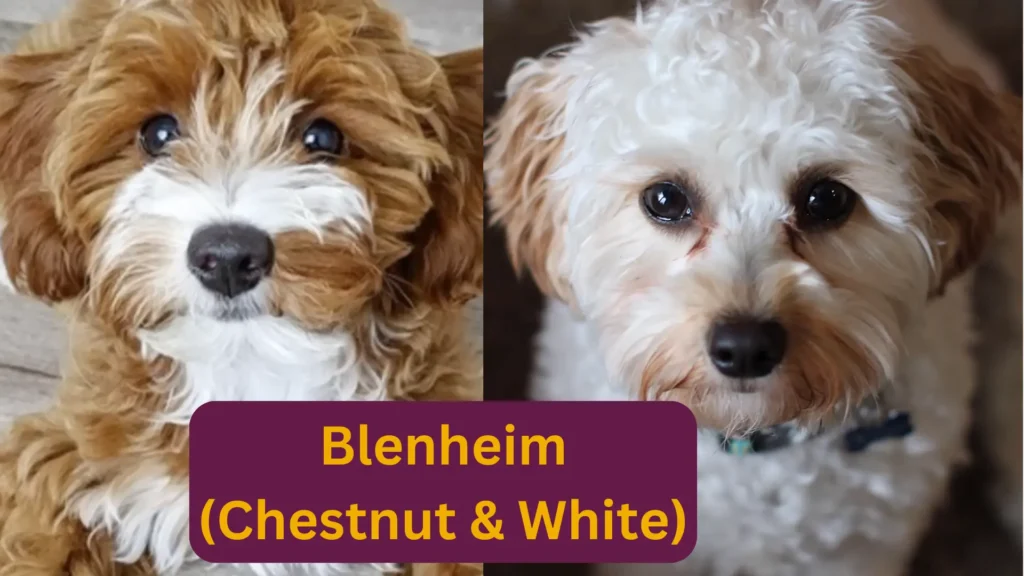
The classic Blenheim pattern features a chestnut red coat with white markings on the forehead, chest, legs, and underside. It is inherited from the Cavalier lineage.
Black & Tan
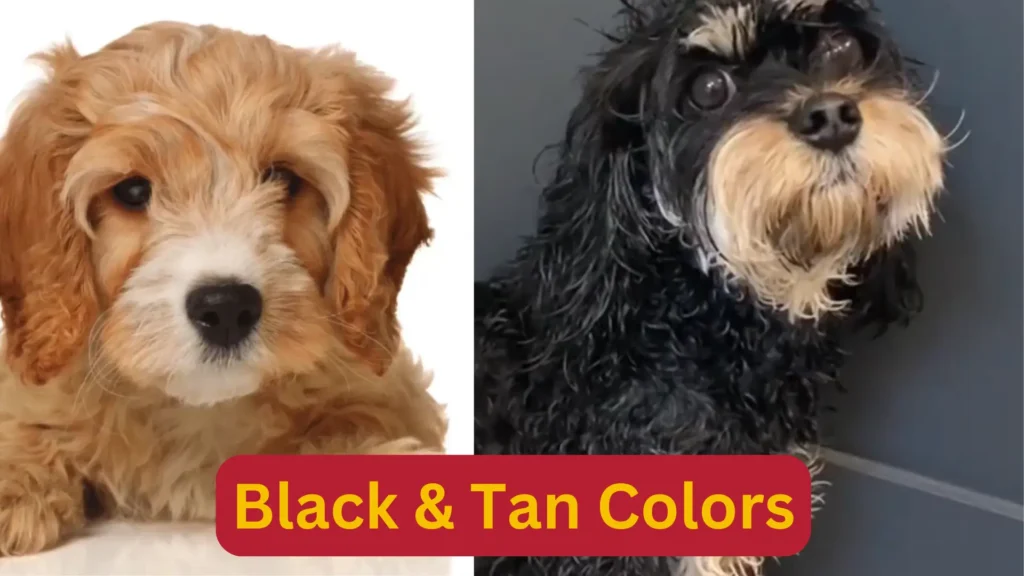
A black coat with distinct tan markings on the eyebrows, muzzle, chest, legs, and underside. The black and tan pattern comes from both parental breeds.
Tricolor
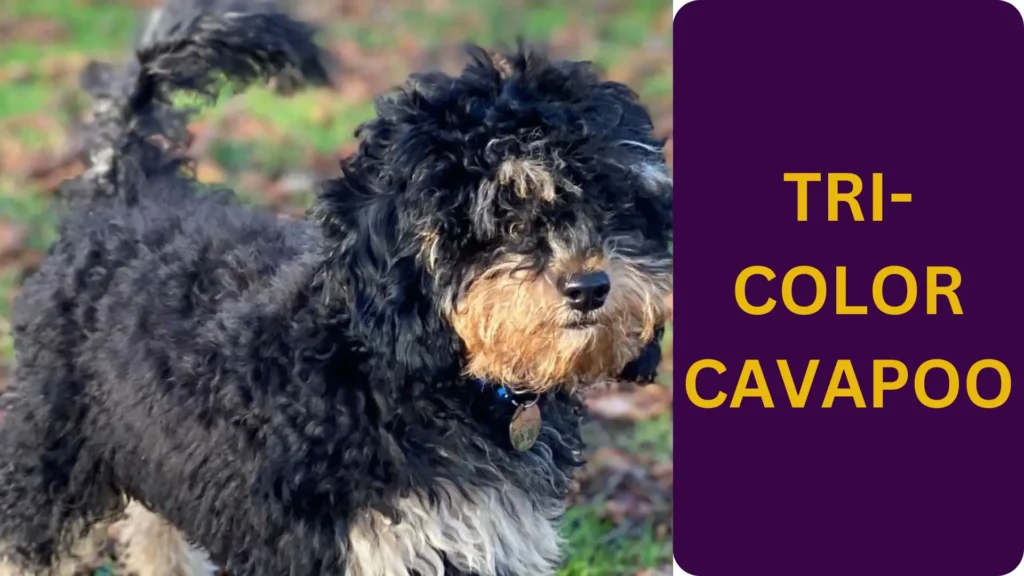
A tri-colored coat with black, white, and tan markings. Tricolor cavapoos usually have a black base coat with a white chin, chest, and feet, plus tan eyebrows and cheeks.
Sable
Sable coats feature a light base color with darker tips on the ears, face, tail, and legs. Cavapoo sables are born very light and develop color as they mature.
Parti
A parti cavapoo has a coat featuring two or more random solid color patches. Common color combos are black & white, brown & white, or apricot & white parti cavapoos.
How Coat Color is Determined in Cavapoos
The variety of cavapoo colors is made possible by the complex coat genetics inherited from both parental breeds.
Cavalier King Charles Spaniels come in four show colors: Blenheim (chestnut & white), tricolor, black & tan, and ruby.
Poodles have an even wider palette with ten AKC-recognized colors, including black, white, brown, silver, apricot, red, cream, blue, gray, and cafe-au-lait.
When these two breeds are crossed, their combined coat color genetics interact to create the rainbow spectrum of cavapoo coats.
Some general guidelines:
- Solid black or brown comes from Poodle lineage
- Red, Blenheim, and tri-color come from the Cavalier
- Multi-colors like sable or parti originate from both breed ancestries
But coat color inheritance is complex, and cavapoo puppies can exhibit surprising new combinations.
Do Cavapoo Puppies Change Color as They Mature?
It is common for cavapoo puppies to change shade as their adult coat grows. Some examples:
- Black puppies can turn gray or silver over time
- Brown puppies may lighten to café-au-lait
- Red coats can fade to a more apricot tone
- Cream puppies often develop apricot or lemon markings
- Sable puppies are born pale and develop colored tips
Ask the breeder about the parent dogs’ adult coats to get an idea of how your puppy’s color may evolve. But be prepared for some surprises, too!
Are Certain Cavapoo Coat Colors Rare?
Some cavapoo coat shades are relatively uncommon, though not as rare as in purebred Cavaliers and Poodles. These include:
- Blue Merle – mottled gray & black pattern
- Silver – a light silvery grey shade
- Ruby – very deep, dark red
- Café-au-lait – a warm beige color
Breeders sometimes charge more for cavapoo puppies with a rare or unique coat color. But rarity does not necessarily mean the color is better. Focus on health and temperament over color preferences.
Does Coat Color Indicate Anything About Personality?
There is no evidence that cavapoo coat color predicts anything about personality or behavior. While some may believe myths like “black dogs are more aggressive” or “blondes have more fun”, cavapoo temperament is not linked to coat color or markings.
Cavapoo training, socialization and genetics are more reliable determinants of your cavapoo’s personality. Do not pick your cavapoo puppy based on color expectations!
Grooming Tips for Cavapoo Coats
All cavapoo coats require regular brushing and professional grooming every 6-8 weeks. But some colors may need extra TLC:
- Light coats like white or cream require vigilance against tear staining and dirt buildup.
- Longer coats in apricot or red shades tend to mat more easily.
- Multi-colors need thorough brushing to distribute oils and prevent matting between color patches.
Use a slicker brush and comb for all cavapoo coats. Bathing, nail trims, ear cleaning, and dental care are vital, too, regardless of coat color.
Finding a Reputable Cavapoo Breeder
When searching for a cavapoo puppy, find an ethical, responsible breeder focusing on health and temperament over trendy or rare coat colors.
Avoid breeders that charge exorbitant prices for unique cavapoo colors or make unsubstantiated claims about them. Reputable breeders health test their dogs, register litter, and raise puppies in enriching environments – not mass breeding facilities.
Be prepared to wait, as the most qualified cavapoo breeders often have waitlists. Patience pays off with a happy, healthy cavapoo companion with an amazing coat!
The Endless Variety of Cavapoo Coat Colors (Conclusion)
The cavapoo’s color diversity is part of their widespread appeal. From distinguished black and white Blenheims to playful chocolate and cream parties, cavapoos exude adorable charm.
While coat color preferences are subjective, choosing an ethically bred cavapoo with a great personality is the most important thing. With their joyful spirit and loyalty, cavapoos prove that beauty runs deeper than any surface coat hue.

